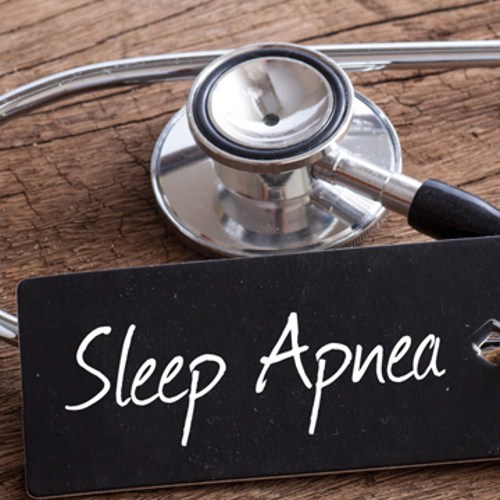History of Sleep Apnea

This Thursday, Sara and Burke will be discussing The History of Sleep Apnea on the Tim Ridley Show at 6:30 am EST on channel 146. Obstructive Sleep Apnea, or OSA has been around for centuries. In fact, you don’t even want to know what some of the earliest treatments were for OSA. Let’s just say, OSA is becoming more widespread because of an increase in obesity, and it’s form of treatments have become a little less mid-evil. Let’s jump in with some stats…
1 in every 15 million Americans, or 6.62% of the total American population have sleep apnea. That is 18 million people. 1 in 50 individuals are going about their day/night undiagnosed. People that have an untreated case of sleep apnea are also three times likely to have heart disease. Per the National Commission on Sleep Disorders Research, approximately 38,000 deaths occur on an annual basis that relate to cardiovascular problems that in one way or another are connected to sleep apnea. These problems include high blood pressure and hypertension and stroke, among others.
Believe it or not, sleep apnea has been documented for nearly 2,000 years. Charles Dickens’ The Pickwick Papers included an overweight character who exhibited sleep apnea symptoms. Because of this, 19th century doctors started to use the name “Pickwickian Syndrom” to describe all sleep apnea symptoms.
The first polysomnography that recorded apneas during sleep was done in 1965. Further research established that obesity was not essential for OSA. In 1970, the first sleep clinic was established at Stanford University in California by William Dement. In 1975, Christian Guilleminault joined the clinic, concentrating on respiratory disorders during sleep.
If you have been recently diagnosed with OSA, cherish your cpap machine. Give it a pat before you go to bed and thank it for existing, because the first treatment for OSA was a tracheostomy. Yes, cutting a permanent hole in the throat to bypass the obstruction. Because of this method, sleep apnea was not treated unless it was severe.
Pap therapy was discovered in Toronto, Canada when Eliot Phillipson began investigating respiratory control in dogs in 1970. He was joined in 1976 by Colin Sulliavan. In 1979, Sullivan devised a mask that would fit over a dog’s snout to deliver air or an experimental gas. Once it was shown to be an effective treatment on dogs, Sullivan developed a mask for humans, and proved that continuous positive airway pressure (CPAP) could reduce and/or eliminate apneas.
PAP machines have come a long way, and newer and better ones are continually being developed. Right now, pap machines can weigh less than an ounce, there are implants that provide stimulation to the nerves in your airway, and other new oral devices. Oh, how far we’ve come!
This, and much more will be discussed Thursday morning on The Tim Ridley Show at 6:30 am EST on channel 146. Listen in to Sara and Burke and please feel free to call in with questions!
